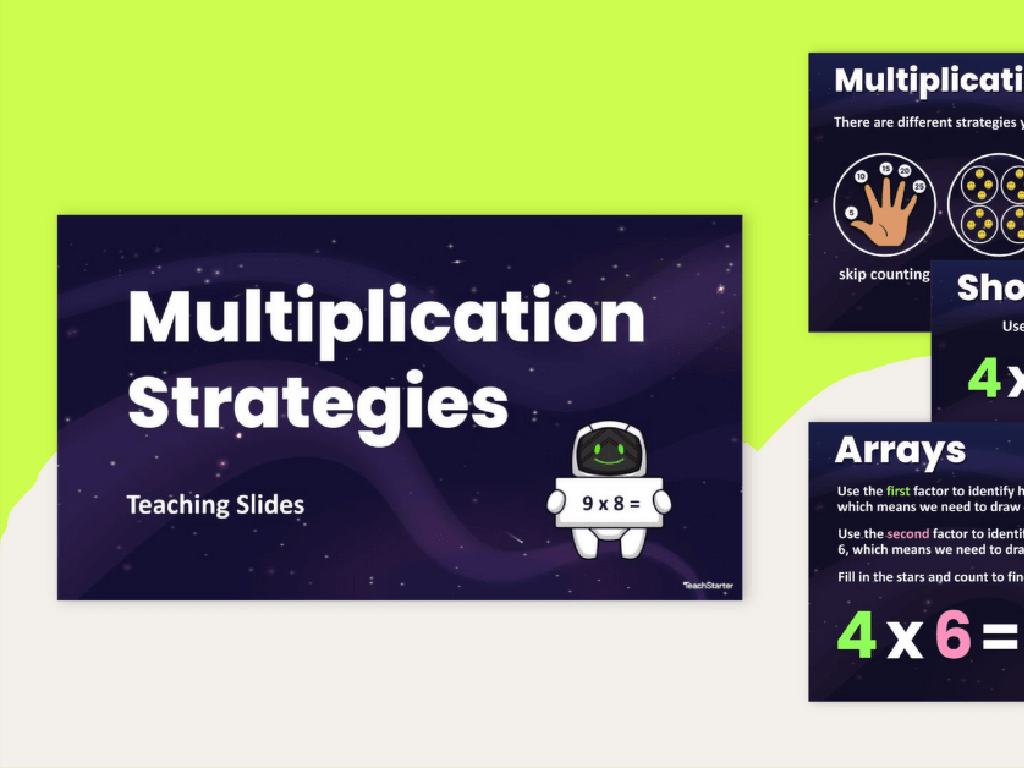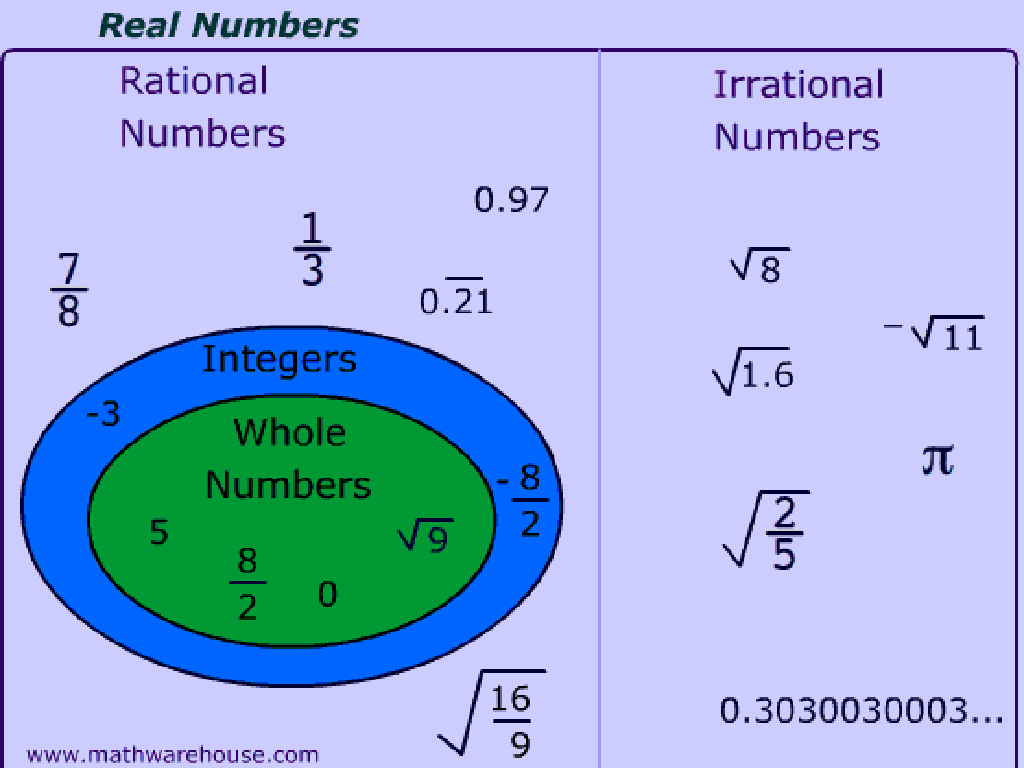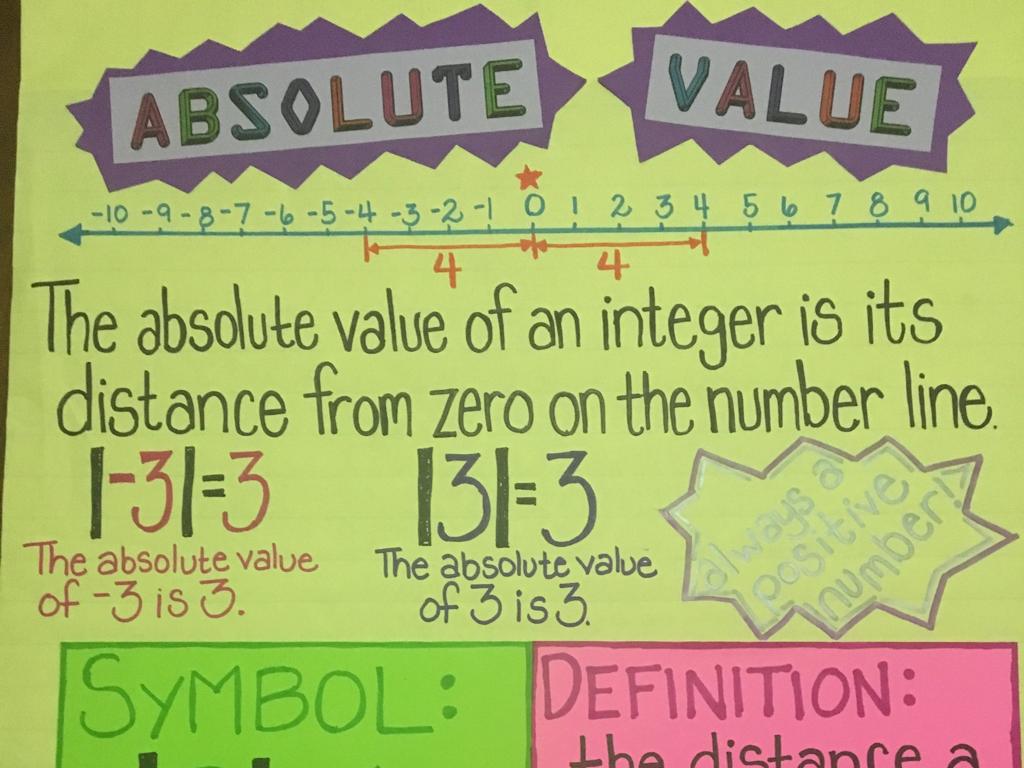Compare Strengths Of Magnetic Forces
Subject: Science
Grade: Fourth grade
Topic: Electricity And Magnets
Please LOG IN to download the presentation. Access is available to registered users only.
View More Content
Today’s Adventure: Comparing Magnetic Forces
– Explore the world of magnets
– Learn about magnet uses
– Magnets can hold papers on fridges or power electric motors
– Understand magnetic force
– It’s the pull or push that a magnet exerts on objects
– Compare different magnet strengths
– Use different magnets to see which holds more paper clips
|
Begin the class by sparking curiosity about the fascinating world of magnets. Discuss the various uses of magnets in everyday life, such as in appliances, toys, and even in medical devices. Explain the concept of magnetic force as the invisible push or pull that a magnet exerts on certain materials like iron or steel. To illustrate the concept of comparing magnetic strengths, engage students in an activity where they use different types of magnets to see which can hold more paper clips. This will help them understand that not all magnets are created equal and that the strength of a magnet’s force can vary. Encourage students to ask questions and think critically about why some magnets might be stronger than others.
Understanding Magnetism
– Magnetism: Attraction or repulsion
– It’s an invisible force that can pull or push objects without touching them.
– Magnets have north and south poles
– Every magnet has two ends: one north pole and one south pole.
– Opposite poles attract each other
– North pole of one magnet will attract the south pole of another.
– Like poles repel each other
– Two north poles or two south poles will push away from each other.
|
Magnetism is a fundamental concept in physics, and understanding it is key to exploring the forces of attraction and repulsion. When teaching fourth graders, use simple language and relatable examples, such as playing with fridge magnets, to explain that magnets have two poles. Emphasize that opposite poles will always attract, while the same poles will repel, which is why sometimes magnets stick together and other times they push apart. You can demonstrate this with actual magnets in class. Encourage students to think about and share their own experiences with magnets to solidify their understanding.
Types of Magnets
– Permanent magnets: constant power
– Like fridge magnets, always stick
– Temporary magnets: conditional power
– Like paperclips, stick with a magnet nearby
– Electromagnets: powered by electricity
– Like doorbells, work when electricity flows
|
This slide introduces students to the different types of magnets and their unique properties. Permanent magnets, such as those found on refrigerator doors, always exhibit magnetic force. Temporary magnets, like paperclips, become magnetized in the presence of a magnetic field but do not retain the magnetic properties once removed. Electromagnets are a type of magnet where the magnetic field is produced by an electric current, commonly found in devices like doorbells and cranes. Encourage students to think of examples from their daily lives and discuss how these magnets are used differently based on their properties.
Exploring Magnetic Strength
– Magnets have varying strengths
– For example, a fridge magnet is weaker than a horseshoe magnet.
– Magnet strength is the force exerted
– We measure how strong a magnet pulls or pushes objects.
– Several factors affect magnet strength
– Material, size, and temperature can change a magnet’s strength.
– Understanding magnetic force
|
This slide introduces the concept that not all magnets are created equal in terms of their strength. Start by explaining that magnetic strength can differ between magnets and that this strength is essentially the amount of force a magnet can exert on objects that are susceptible to magnetism. Discuss how the type of material a magnet is made from, its size, and the temperature of its environment can influence its strength. For instance, iron magnets are typically stronger than those made of nickel. Larger magnets can exert more force, and extreme temperatures can weaken a magnet’s strength. Encourage students to think about experiences they’ve had with different magnets and how they might have noticed differences in strength.
Hands-On Experiment: Magnetic Force
– Compare different magnets’ strength
– Gather materials for the experiment
– You’ll need a bar magnet, paper clips, iron filings, and string
– Predict magnet strength with paper clips
– Which magnet can lift the most clips? Make a guess before you test
– Observe and record your findings
– Use the string to dangle paper clips near each magnet and see what happens
|
In this hands-on activity, students will explore the concept of magnetic force by comparing the strength of different magnets. Provide each group with a bar magnet, paper clips, iron filings, and string. Before the experiment, ask the students to predict which magnet will lift the most paper clips, encouraging them to think about why they might expect certain outcomes. During the experiment, students will use the string to attach paper clips to the magnets and count how many each can lift, observing the magnetic force in action. They should record their observations and compare the results with their predictions. This activity will help them understand that not all magnets have the same strength and that the magnetic force can vary. After the experiment, facilitate a discussion about their findings and what factors might affect a magnet’s strength.
Exploring Magnetic Fields
– Magnets create invisible fields
– Field lines guide force direction
– Just like arrows, these lines point from north to south pole and show where the force acts.
– Lines close together mean stronger force
– Notice how the lines bunch up? That’s where the magnet’s pull is the strongest!
– Experiment with magnet distances
– Try moving magnets closer or farther and watch what happens to iron filings on paper.
|
This slide introduces the concept of magnetic fields to fourth-grade students. Begin by explaining that a magnetic field is an area around a magnet where magnetic forces can be felt. It’s invisible, but we can visualize it with field lines, which are like a map that shows how the force travels and its strength. The density of these lines indicates the strength of the force: the closer they are, the stronger the force. To make this concept tangible, suggest a classroom activity where students use magnets and iron filings to see the magnetic field lines form on paper as they move the magnets closer and further away. This hands-on activity will help them understand the relationship between distance and magnetic force strength.
Real-World Applications of Magnets
– Magnets in daily life
– Fridge magnets hold notes, compasses for direction, motors turn electricity into motion
– Magnets in recycling
– Separate metal from other materials, making recycling more efficient
– Electromagnets in devices
– Used in machines to lift heavy metal objects
– Magnets in medicine
– Help in MRI machines to create detailed images of the body
|
This slide aims to show students the practical applications of magnets in the real world. Discuss how magnets are not just for sticking drawings on the fridge but also play a crucial role in navigation (compasses) and in the functioning of electric motors. Highlight how recycling centers use large magnets to sort and separate metals from other waste, which helps in recycling processes. Explain that electromagnets are powerful magnets created by electricity and are used in various machines, including those that lift heavy metal objects. Lastly, touch on the use of magnets in medical devices, such as MRI machines, which use a strong magnetic field to produce detailed images of the inside of the human body. Encourage students to think of other examples where they might encounter magnets in their daily lives.
Class Activity: Magnetic Force Challenge
– Experiment with various magnets
– Move paper clips across a table
– Record observations of each trial
Note down how magnets interact with the paper clips.
– Conclude which magnet is strongest
Which magnet required the least distance to move them?
|
This activity is designed to help students understand the concept of magnetic force strength through a hands-on experiment. Provide a variety of magnets of different sizes and strengths. Students will use these magnets to move paper clips across a table and observe the varying effects. They should record how close each magnet needs to be to start moving the paper clips and how quickly the clips move. This will help them draw conclusions about the relative strength of each magnet. Encourage students to think about why some magnets are stronger and how this could be useful in real-world applications. Possible variations of the activity could include using different materials to see if they are magnetic, or testing if adding more paper clips affects the strength needed.
Magnetic Forces: Conclusion and Discussion
– Recap of magnetic force strengths
– Importance of understanding magnets
– Magnets are in many devices we use daily, like fridges and compasses.
– Engage in Q&A session
– Time to ask questions about magnets and their forces.
– Reflect on what we’ve learned
– Think about how magnets affect our lives and the natural world.
|
This slide wraps up our lesson on magnetic forces by reviewing the key concepts we’ve learned about the strength of magnetic forces. Emphasize the practical applications of magnets in everyday life and how they play a crucial role in various technologies. Encourage students to think critically about why magnets are important and how this knowledge can be applied in real-world situations. During the Q&A session, facilitate a discussion that allows students to ask questions and clarify their understanding. Use this opportunity to assess comprehension and to reinforce the lesson’s main points. Finally, encourage students to reflect on the new information and consider how their perception of magnets and their forces might have changed.






